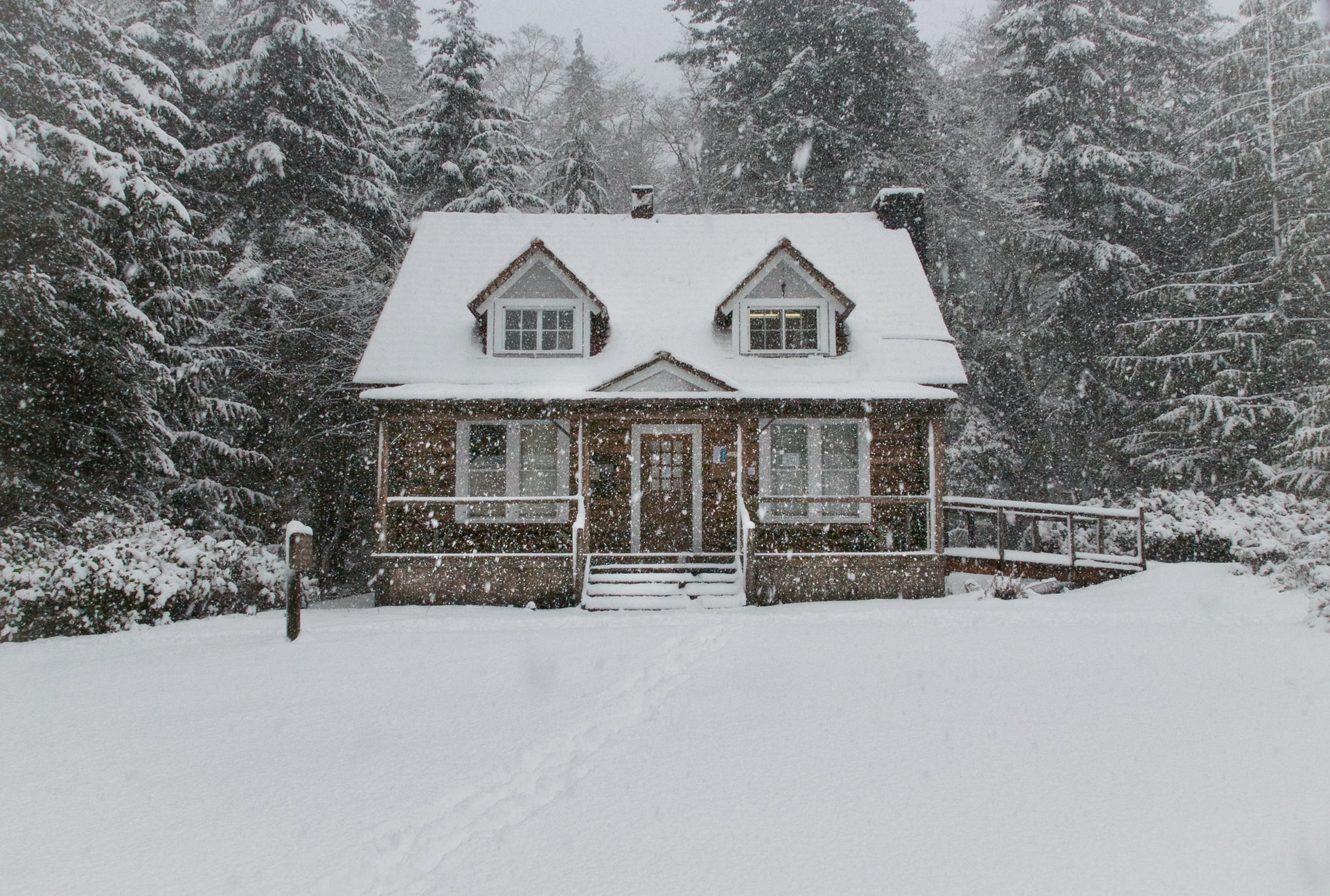
After a storm leaves, the first thing you must do is walk around the interior for signs of storm damage. Then, you must walk around the exterior for signs of storm damage. It takes more than a walkthrough to find some not-so-obvious harbingers, but the most common areas to find extensive storm damage are in these spots.
Roof
The roof is the first outdoor thing to examine. Heavy debris, hail, or tree limbs falling from tall trees will land on the roof hard, causing holes, cracks, and dents. This leads to leaks, mold, wood rotting, and ceiling collapse if left unattended. Therefore, search for holes, cracks, and dents to roofing as well as split seams, missing shingles, dents in flashing and vents, cracks in tile and slate, and granules in downspouts. Next, check the gutters for debris, dents, and granules. Then, inspect shingles for bruises, dents, and cracks. Last, check the home’s interior to see if the ceiling is leaking. Rely on storm damage restoration specialists to examine and repair roofing if it’s too dangerous to attempt yourself.
Exterior Items
Besides looking upward, examine the exterior walls for discoloration, loose or missing pieces, and dented, dinged, chipped, broken, or cracked spots, including the paint job. Second, investigate the pool/spa/sauna, landscaping decor, barn/shed, and garage/carport/vehicle for damage. Third, examine air conditioning units, porches, decks, and outdoor kitchen patio items for discoloration and damage. Finally, walk around the yard and search for flood spots, broken limbs, and uprooted trees.
Doors and Windows
When the door is detached from its hinges, the door becomes a weapon that damages both the house’s interior and exterior. Most of the time, the door remains attached and debris damage is highly visible. During the investigation, search for dents, chips, scratches, damaged door frames, and exposed nails. Another home component affecting the interior and exterior is windows. Shards of broken glass will fly in many directions once flying debris or hail come in contact, so that will be the first sign. More signs to uncover are holes, cracks, exposed nails, damaged window sills, damaged frames, damaged casings, and broken panes.
In reality, storm damage does not begin and end at these points; storm damage can affect the foundation and home structure too. However, these places are likely to incur damage because their damage makes the loudest statement. Furthermore, if you see damage in these places, it will encourage you to investigate the home’s interior and exterior more thoroughly.


